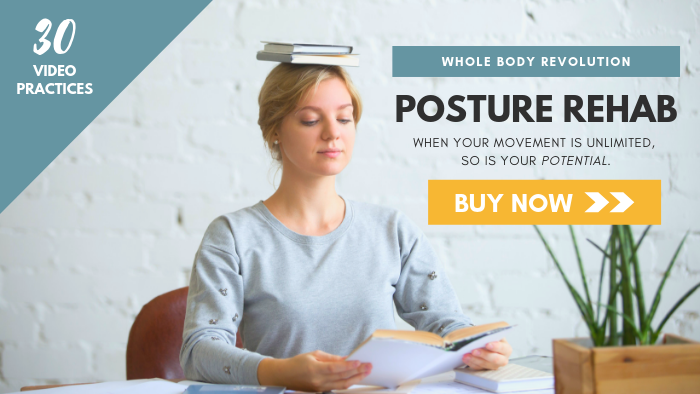Overview:
When our tissues get injured, the cells send signals telling your body to produce proteins called Circulating Immune Complexes (CICs). These proteins rush to the scene of the injury and create the pain sensation – warning you not to further injure the area – and build up inflammation to protect the area.
Once the tissue has sufficiently repaired itself, the body sends proteolytic enzymes, produced in our pancreas, to “eat up” the CIC proteins and end the cycle of pain and inflammation. Unfortunately, during our mid 20s, our bodies become markedly less efficient at producing these enzymes, thus allowing inflammation to run rampant.
Systemic inflammation is linked to heart attacks, stroke, arthritis and dementia. The less inflammation you have in your body, the healthier you will be. But if your body isn’t producing the proper enzymes to combat inflammation, what can you do?
The answer is to get these enzymes from substances found in nature, namely papaya (for papain) and pineapple (for bromelain). For optimal effect, the fruits must be eaten raw, preferably between meals to maximize absorption. If pounding down the tropical fruit isn’t your cup of tea, you can purchase vegetable derived digestive enzymes at your local health food store. If taken with a meal, they’ll help you digest your food better; if taken between meals, they’ll help to combat systemic inflammation.





 Lately, shoe companies have gotten hip to the fact that the Africans are kicking our butts in the Olympics…barefoot. They’re developing shoes that mimic the experience while still providing protection from the elements. Some of the best picks include the
Lately, shoe companies have gotten hip to the fact that the Africans are kicking our butts in the Olympics…barefoot. They’re developing shoes that mimic the experience while still providing protection from the elements. Some of the best picks include the